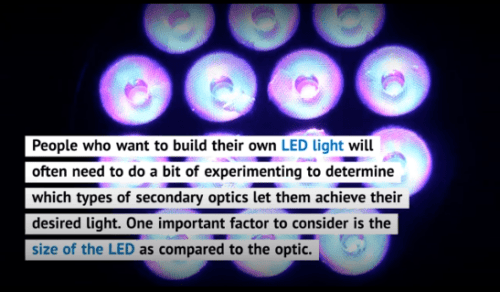Welcome to our innovative production of LED lenses tailored specifically for plastic extrusions. As pioneers in extrusion engineering, we understand the pivotal role that precision and efficiency play in enhancing the performance of LED lighting systems. Our meticulously crafted resins are designed to optimize light distribution, minimize glare, and maximize luminous efficacy, ensuring unparalleled illumination quality across diverse applications.
Crafted with utmost precision and utilizing advanced materials, our LED lenses for plastic extrusions are engineered to seamlessly integrate with various lighting fixtures, offering versatility and flexibility in design. Whether you’re illuminating architectural facades, accentuating retail displays, or enhancing interior spaces, our lenses manufacturing delivers consistent and uniform light output, elevating the visual appeal while maximizing energy efficiency.
With a commitment to innovation and excellence, we strive to empower lighting professionals and designers with cutting-edge solutions that redefine industry standards and inspire creativity.
Experience the difference with our range of LED lenses capabilities for plastic extrusions – where precision meets performance, and illumination meets imagination.
Light Emitting Diodes, better known as LEDs, are small light bulbs that are long lasting and incredibly energy efficient. The specific design of these lights requires the use of additional lenses and optics in order for them to function at their best, as the LED emitter isn’t strong enough to light its target without assistance. LEDs optics are split into two types: primary and secondary.

LEDs emit all of their light from their center, meaning that this light fades around the edges as it spreads. Manufacturers describe this style of light emission as “typical spatial distribution.” When left unaltered, the primary optics of an LED cause the light to spread out and appear unfocused.
Secondary optics are incredibly useful to help focus this light. They consist of additional lenses or reflectors that can collimate the light from the LEDs, rather than allowing the rays to spread out at 180 degrees. Generally, secondary optics are more effective the smaller the light source is.
One term frequently used when discussing secondary optics is Full Width Half Maximum (FWHM). This term describes the width of the light beam when its outer edges are at half the intensity of its center.
TIR Optics
Total Internal Reflection (TIR) optics are a common type of secondary optic. TIR optics are generally cone shaped, and make use of a reflector with a refracted lens inside. They function by directing the light beam onto the reflector, which produces a collimated beam that can be adjusted to various widths.
Reflectors
Reflectors are another common type of secondary optic. On their own, they are much cheaper than TIR optics, and can be found in almost all incandescent lights. However, use of reflectors by themselves can result in an unpleasant glare or lost lumen output. This is because without the TIR optics to guide it, much of the light beam will not actually touch the reflector. More modern reflectors can make use of different types of finishes that diffuse the light more effectively.
People who want to build their own LED light will often need to do a bit of experimenting to determine which types of secondary optics let them achieve their desired light. One important factor to consider is the size of the LED as compared to the optic. For example, if you want a very narrow beam of light, you should choose a larger optic and a smaller emitter. Having a clear understanding of the type of light required will make it significantly easier to choose the appropriate emitter and optics.
At Inline Plastics, Inc., we are proud to have been providing the highest quality custom plastic extrusions since 1996. We are industry leaders in:
To work with us on your next project, request your quote today!